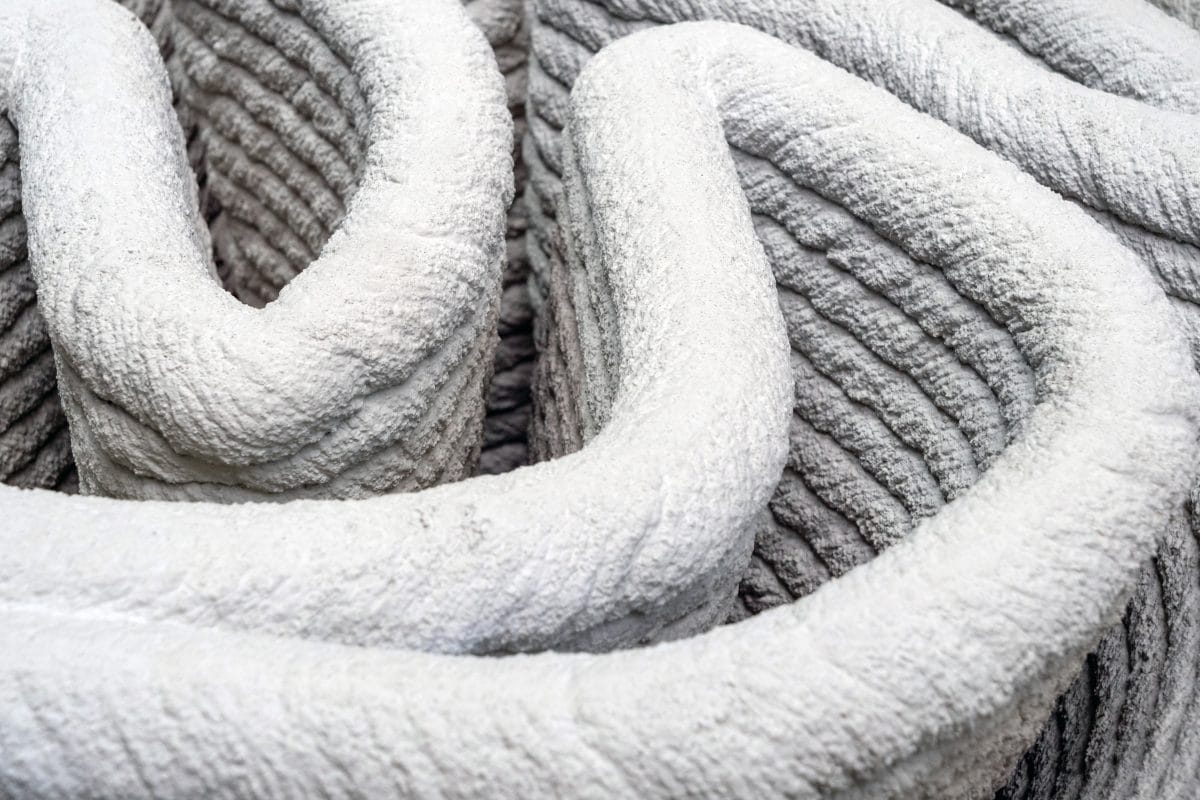Stouffville Mobile Redimix weighs in on advances in concrete technology with 3D printing. Concrete 3D printer: the new challenge of the construction business, an article posted by Lucie Gaget, brings our attention to the infinite possibilities of 3D printing for the concrete industry.
Once again, technology has made its way into the construction industry. 3D printing is known to take a blueprint from a digital file and manufacture or “print” a tangible item from the information. Layers of material are compiled until the object is formed. Small- or large-scale objects are built within a short time, resulting in mass production of larger items such as homes. Printing concrete requires large scale equipment. New, faster, and stronger printers are being brought to market. Construction companies have begun to utilize this innovative technology and are finding success. Pat from Stouffville Mobile Redimix expresses, “bringing 3D printing to the concrete industry will redefine how major architectural structures are built. From the looks of it, production will move much more rapidly than traditional labor. 3D printing concrete is an interesting concept”.
Lucie Gaget begins to share the possible benefits 3D printing can bring to the construction industry. Time and labor costs would be reduced dramatically as the machinery/ printer could continuously work around the clock. 3D printing can also help minimize the amount of waste produced during the construction of an architectural piece. Pat shares, “the benefits sound fantastic, especially with the amount of time it could save, and the speed of production caught my attention. One thing I would note is that it would be a massive learning curve for traditional concrete workers. It sounds like it could potentially put many people out of work if 3D printing becomes the main source of architectural builds. However, you would need machine operators and builders to secure the foundation. Only time will tell how far 3D printing will take us”.
The concept of 3D printing concrete was born around 1950; the creation of a mechanical brick laying machine allowed testing. Trial and error over decades led to the success of the innovative tools. Technology requires time to mature, and proper testing of its capabilities need to be conducted. In the 1950s and 60’s the equipment was not built for constructing large scale structures. Recently, we have come to learn that there is evidence that large scale concrete production is possible with 3D printing. In 2008, the possibility of maintaining the perfect batch of concrete material within machinery and depositing a precise amount to build various structures and designs were being developed.Today, large-scale 3D production can execute homes, bridges, Atypical structures, architectural design features, and concrete art. Pat expresses, “possibilities are endless. It is truly amazing what kind of technology we are capable of producing. With the many benefits presented, I can see how the efficiency of 3D printing would cater to many areas. Especially if there should be a natural disaster and housing needs to be rebuilt. In my opinion, the only negative aspect would be the aesthetic attributes. Seeing the individual lines of the printed layers would need some smoothing over. I can not imagine that is the look we are going after. Other than that, it will be interesting to see what is to come with 3D printing”.
3D printing equipment is increasingly evolving to become easier to manage. Further development is in process, and we will see an increase in benefits all pertaining to the contribution of 3D printing.

